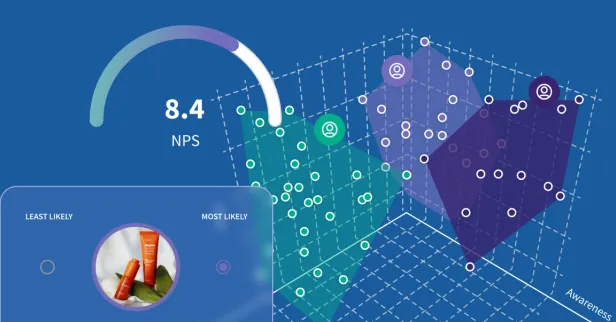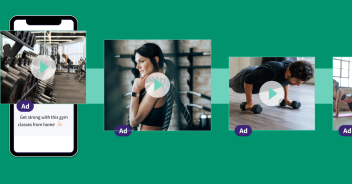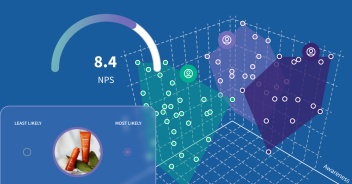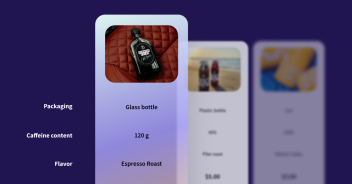In today’s data-rich world, segmentation is the foundation of personalized marketing, product development, and strategic decision-making. But not all segmentation is created equal.
One of the most common points of confusion? The difference between customer segmentation and consumer segmentation.
Let’s break it down.
What is Customer Segmentation?
Customer segmentation is the process of dividing your existing customers into distinct groups based on shared characteristics—like purchase history, product usage, demographics, or loyalty behaviors.
Most commonly used for:
- CRM personalization
- Retargeting campaigns
- Loyalty program optimization
- Reducing churn
Common data sources:
- Transactional data
- CRM profiles
- Support interactions
- NPS or CSAT surveys
In short: Customer segmentation is about understanding people who’ve already bought from you.
What is Consumer Segmentation?
Consumer segmentation refers to the process of dividing a broader population—not just current customers—into groups based on behaviors, needs, preferences, or attitudes.
This type of segmentation happens before someone becomes a customer. It’s typically used in market research, product development, and brand strategy.
Most commonly used for:
- Product and concept testing
- Go-to-market strategy
- Message testing and creative development
- Identifying whitespace opportunities
Common data sources:
- Survey research
- Behavioral studies
- Panel responses
- Psychographic profiling
In short: Consumer segmentation helps you understand potential buyers—before they convert.
Why the Distinction Matters
| Customer Segmentation | Consumer Segmentation | |
| Stage | Post-purchase | Pre-purchase |
| Focus | Retention & personalization | Market discovery & innovation |
| Data Sources | CRM, usage data | Surveys, panels, psychographics |
| Primary Use Cases | Loyalty, upsell, churn reduction | Product development, brand positioning |
| Teams Involved | CRM, CS, Growth | Insights, Brand, Strategy, Innovation |
When to Use Each (Or Both)
If you're launching a new product or repositioning a brand, consumer segmentation gives you a lay of the land—who exists in your potential market and what they want.
Once you have customers, customer segmentation helps you retain and grow those relationships.
In an ideal world, organizations use both—starting with consumer segmentation to identify who to go after, then customer segmentation to serve them better once they’re onboard.
The SightX Advantage
SightX allows you to run both types of segmentation studies—quickly and cost-effectively.
With our AI-powered consumer research platform, you can:
- Launch survey-based consumer segmentation studies in hours (not weeks)
- Visualize psychographic and behavioral clusters in real-time
- Bridge the gap between potential and current audience insights
Whether you're validating an idea, refreshing a brand, or optimizing post-sale engagement—SightX gives you the tools to make data-driven decisions at every stage of the customer lifecycle.
Final Thought
If you're only segmenting current customers, you're only seeing part of the picture.
True growth starts by understanding the people who haven't bought yet.



